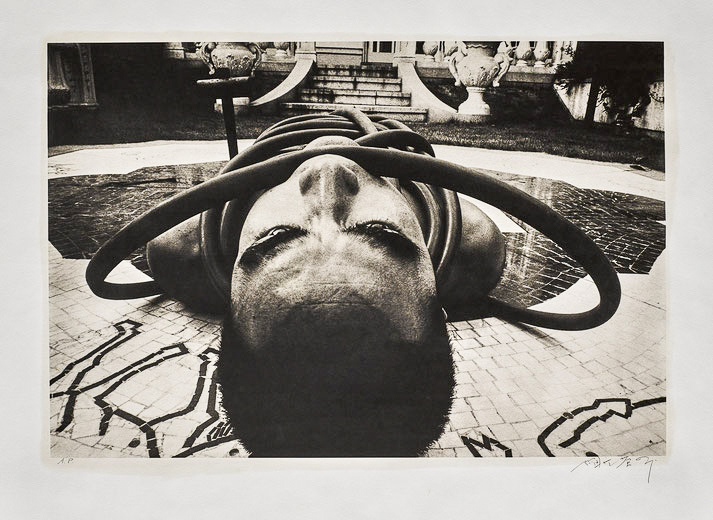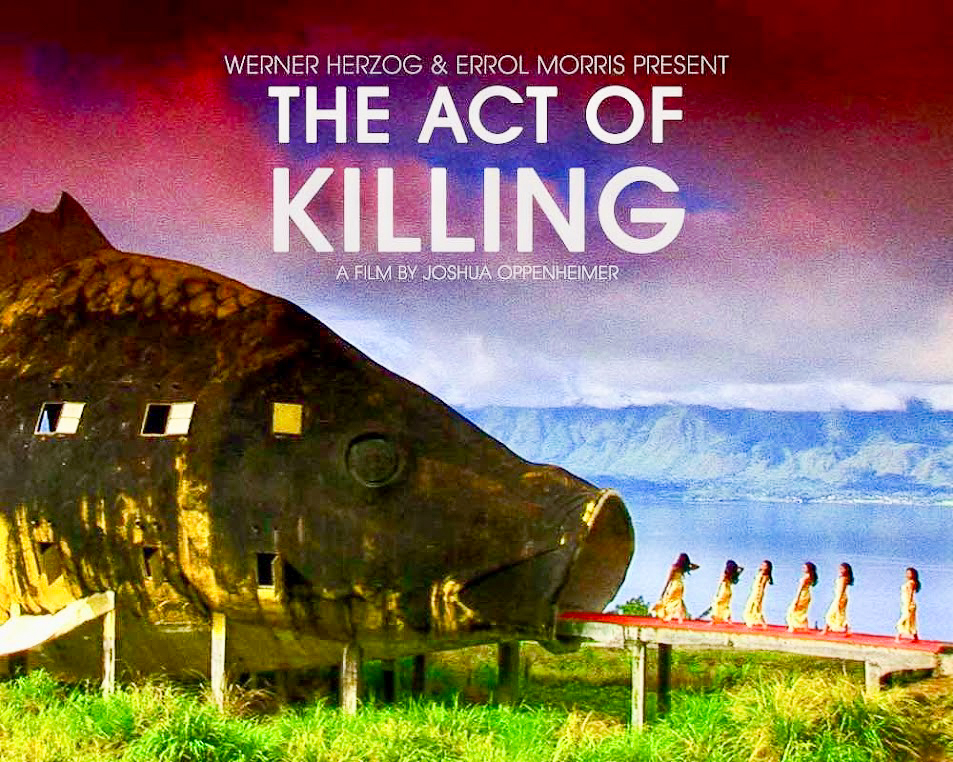And, indeed, I will ask on my own account here, an idle question: which is better—cheap happiness or exalted sufferings? Well, which is better?---Fyodor Dostoevsky ---Notes from Underground There are certain people of whom it is difficult to say anything which will at once throw them into relief—in other words, describe them graphically in their typical characteristics. These are they who are generally known as “commonplace people,” and this class comprises, of course, the immense majority of mankind. Authors, as a rule, attempt to select and portray types rarely met with in their entirety, but these types are nevertheless more real than real life itself. For instance, when the whole essence of an ordinary person’s nature lies in his perpetual and unchangeable commonplaceness; and when in spite of all his endeavours to do something out of the common, this person ends, eventually, by remaining in his unbroken line of routine—. I think such an individual really does become a type o...
NOTES FROM UNDERGROUND
Hope
To be human is to be a miracle of evolution conscious of its own miraculousness — a consciousness beautiful and bittersweet, for we have paid for it with a parallel awareness not only of our fundamental improbability but of our staggering fragility, of how physiologically precarious our survival is and how psychologically vulnerable our sanity. To make that awareness bearable, we have evolved a singular faculty that might just be the crowning miracle of our consciousness: hope.--
Erich Fromm
Links
- Get link
- X
- Other Apps
Eihoh Hosoe
Eikoh Hosoe ( born 18 March 1933 in Yonezawa, Yamagata) is a Japanese photographer and filmmaker who emerged in the experimental arts movement of post-World War II Japan. He is known for his psychologically charged images, often exploring subjects such as death, erotic obsession, and irrationality. He is known for his friendships and artistic collaborations with the writer Yukio Mishima and 1960s avant-garde artists such as the dancer Tatsumi Hijikata.
1933 Born in Yonezawa, Yamagata. |
“To me photography can be simultaneously both a record and a mirror or window of self-expression… the camera is generally assumed to be unable to depict that which is not visible to the eye and yet, the photographer who wields it well can depict what lies unseen in his memory.”- Eikoh Hosoe
Eikoh Hosoe: Ordeal by Roses
EIKOH HOSOE: “Subject Matter”
By Eikoh Hosoe
I am Eikoh Hosoe, a photographer from Tokyo. It is a great honor for me to speak on this special occasion about my collection of photographs of Ba-ra-kei, or Ordeal by Roses, and my experience of photographing Yukio Mishima.
Ba-ra-kei began one day in September 1961 as a result of an assignment from the Japanese publisher Kodansha. I was commissioned to photograph Yukio Mishima for the cover of Mishima’s book of critical essays, which Kodansha was about to publish.
I knew Mishima by name, but I had never met him. I was curious as to why I had been given such an important assignment and was told by the editor over the phone that I had been chosen at Mishima’s special request. I instantly accepted the offer, but the question still remained: Why had he chosen me?
More >>>
Eikoh Hosoe: Ordeal by Roses
Eikoh Hosoe: Embrace
Eikoh Hosoe: Embrace
Eikoh Hosoe: Embrace
Eikoh Hosoe : Kazuo ohno
Eikoh Hosoe : Man and women
Eikoh Hosoe : Man and women
Eikoh Hosoe : Kamaitachi
Eikoh Hosoe: Kamaitachi
Eikoh Hosoe : Kamaitachi
Eikoh Hosoe : SIMMON
Eikoh Hosoe : Kamaitachi
Eikoh Hosoe : Kamaitachi



























.jpg)